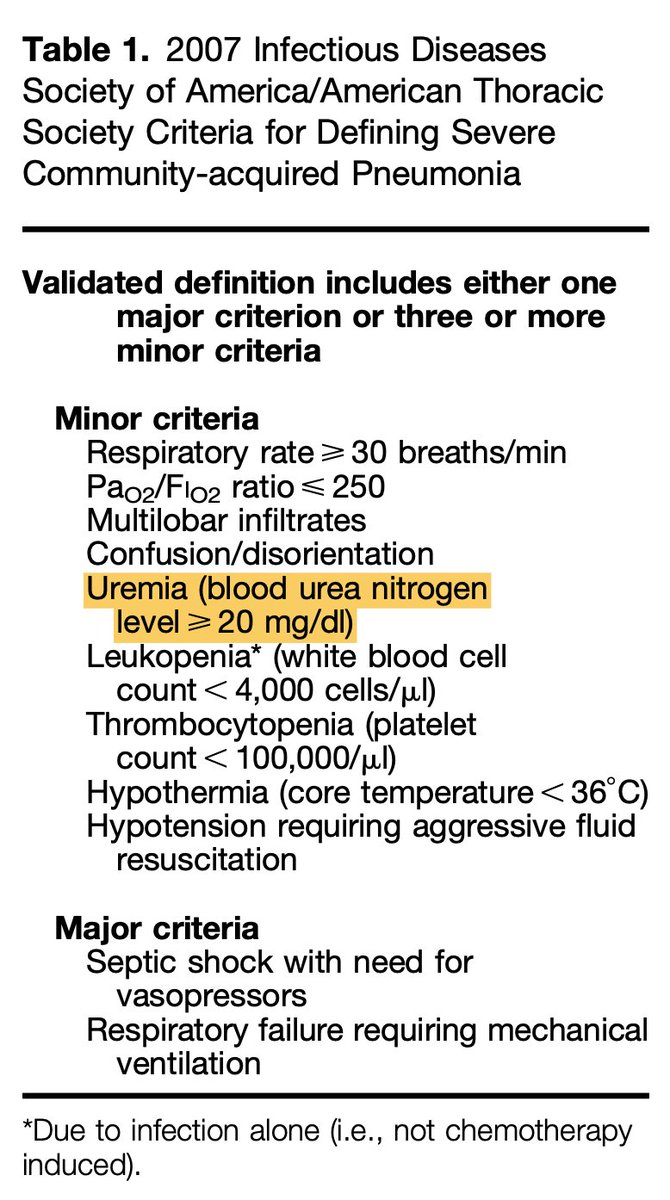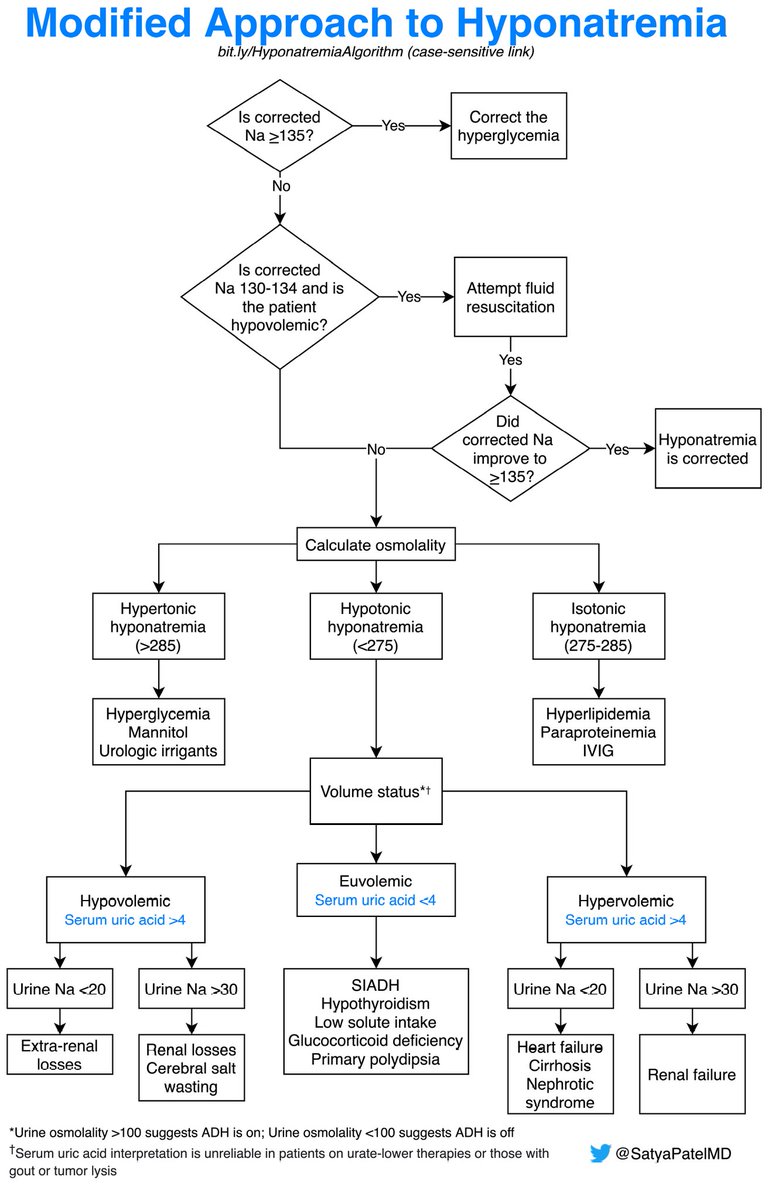
1/8 A patient with compensated HFrEF (EF 35%) has positive orthostatics. He is not hypovolemic. What medication is reasonable to prescribe?
#MedTwitter #MedEd #FOAMed #NeuroTwitter #GeriTwitter
#MedTwitter #MedEd #FOAMed #NeuroTwitter #GeriTwitter
2/8
💥Fludrocortisone will increase ⬆️ RAAS and can cause volume overload, so you should avoid it here
💥 Caffeine and ibuprofen are last-line agents to manage orthostatic hypotension
💥 Midodrine is probably your best bet here
💥Fludrocortisone will increase ⬆️ RAAS and can cause volume overload, so you should avoid it here
💥 Caffeine and ibuprofen are last-line agents to manage orthostatic hypotension
💥 Midodrine is probably your best bet here
3/8 You prescribe midodrine 2.5 mg PO q8h and end up titrating it up to 5 mg PO q8h over the course of a few weeks. The patient shows you their BP log and you notice that their nighttime supine BPs are elevated. What do you do next?
4/8 It is reasonable to change the timing of the nighttime dose! To avoid nighttime supine hypertension with midodrine use, administer it 3-4 hours before the patient goes to bed.
5/8
💥 Supine hypertension can increase this patient's afterload and worsen heart failure.
💥 There are even case reports of caudate hemorrhage being implicated in this type of hypertension. mayoclinicproceedings.org/article/S0025-…
💥 Supine hypertension can increase this patient's afterload and worsen heart failure.
💥 There are even case reports of caudate hemorrhage being implicated in this type of hypertension. mayoclinicproceedings.org/article/S0025-…
6/8 The patient shows up a month later and continues to have nighttime supine hypertension. You decide to stop the midodrine. What might you consider giving?
7/8 Consider pyridostigmine! AChEIs are better at preventing supine hypertension because post-ganglionic sympathetic nerves are thought to be activated during orthostatic stress and NOT when supine.
🧠 I would ask my neurologist colleagues if this is reasonable.
🧠 I would ask my neurologist colleagues if this is reasonable.
8/8 To review management of orthostatic hypotension, take a look at this!
https://twitter.com/SatyaPatelMD/status/1417493742768902144?s=20
• • •
Missing some Tweet in this thread? You can try to
force a refresh














